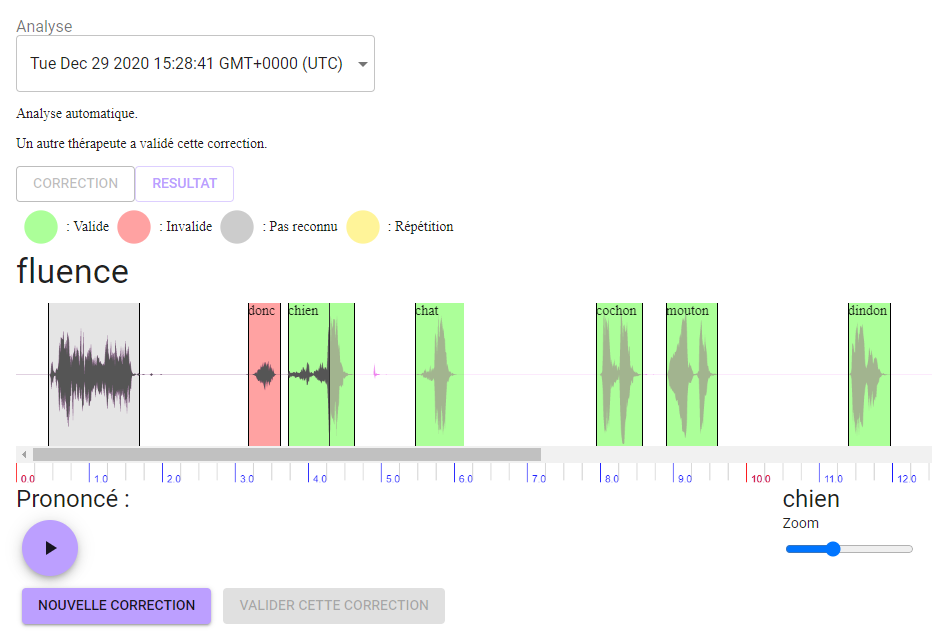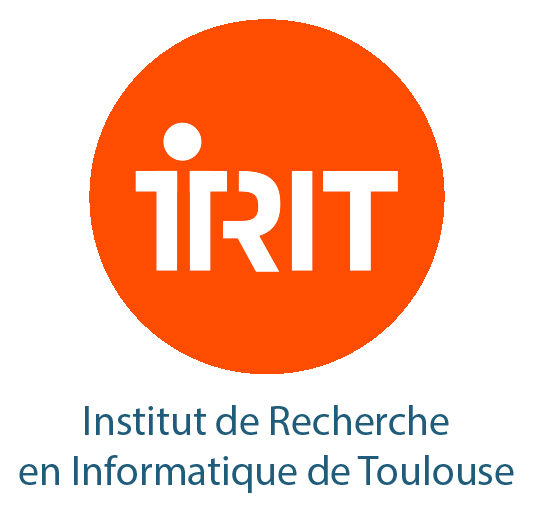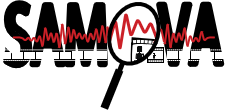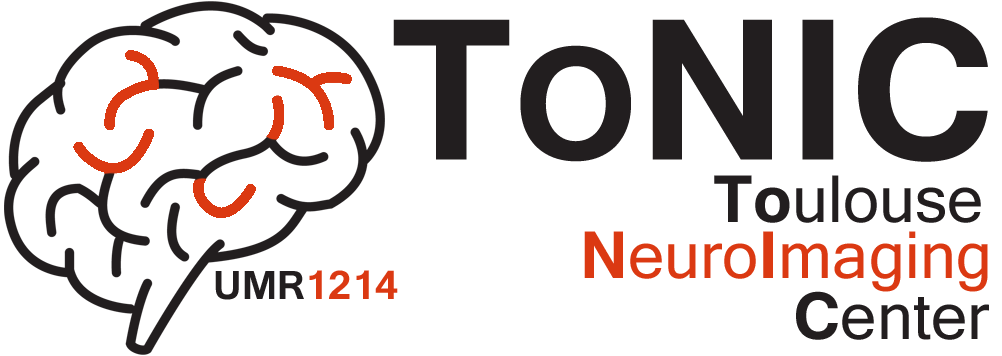Evolex
Main issues and objectives
Context
Cognitive complaints are frequently reported by patients in remission or treated over the long term with targeted anti-cancer therapies, grouped under the term “chemobrain”. They usually appear discreet but are nevertheless disabling in everyday life or during professional recovery, constituting what is called an “invisible handicap” but nevertheless very real for patients. Their identification requires a speech-language pathology or neuropsychological assessment, whose sensitivity can be greatly improved: by obtaining patient’s reaction times when performing tasks, or by a more qualitative analysis of the results, obtained by combining the recording of responses during computerized testing and the use of speech recognition to perform automated and more accurate processing of recorded responses.
Evolex 1
In 2013, a collaboration between SAMoVA and ToNIC made it possible to consider a computerized processing of the responses recorded during the procurement process, which led to a first software development (Evolex V1) and a feasibility study on the lexical evocation task, then two new linguistic tasks: image naming and semantic verbal generation. The amount of data and the complexity of the lexical and semantic processes involved required an opening towards the Octogone-Lordat team.
Evolex 2
The increasing number of Evolex 1 users and registrations has become difficult to manage due to the lack of specific tools for account management. By involving a private partner, COVIRTUA, this Evolex V2 project aims to take its first version to the next level, i.e. to a version that could be used on a large scale, or even be marketed later.
SAMoVA’s contribution
In particular, the team will have to make the acoustic models of the speech transcription tool more robust in order to take into account the heterogeneity of the voices processed (age, sex, accent, possible pathology, etc.) and propose a statistical tool for measuring the results of the various tests performed (fluences, denomination, generation)
Interface

Partners
- INSERM – ToNIC: Xavier de Boissezon (project coordinator) – Patrice Péran – Lola Danet – Anne Laprie
- UT2J – Octogone-Lordat: Mélanie Jucla
- COVIRTUA Healthcare: Nicolas Monnier – Christelle Monnier
People involved in the SAMOVA team
Funding
- Fédération Hospitalo-Universitaire HoPes – 2015
- “Projet Recherche et Société(s)” Call
- OCCITANIE Regional Council – 2018
- FEDER-FSE Europeen Council – 2018
Schedule
- Start time: 1st January 2019
- End time: 31st December 2021





